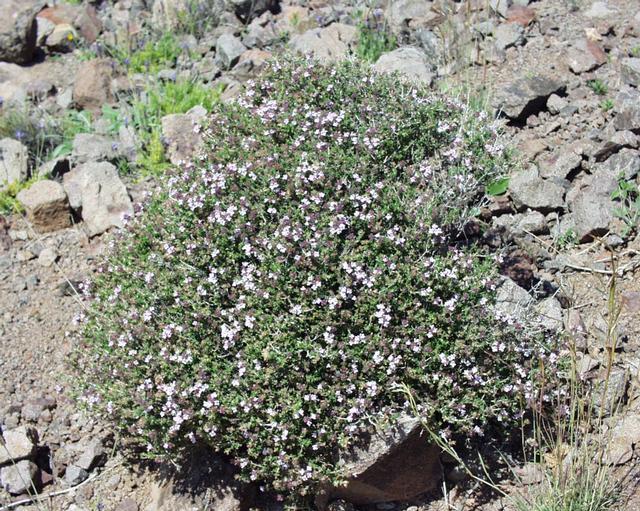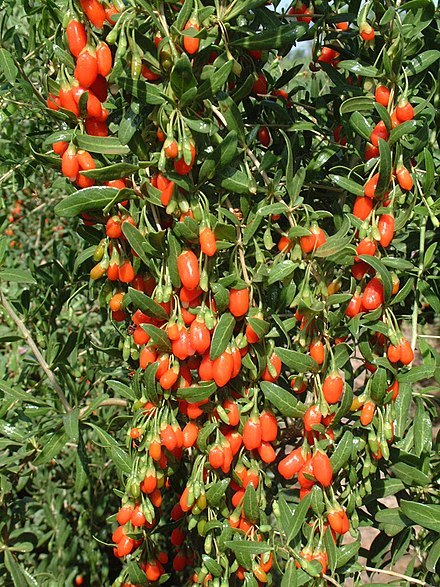Description
French lavender (Lavandula stoechas) is a flowering plant that is native to the Mediterranean region. It is a small shrub that typically grows to a height of about 24-36 inches and has thin, woody stems. The leaves are long and narrow, and are typically a greyish-green color. The flowers are small and purple, and are typically arranged in clusters at the ends of the stems.
French lavender prefers well-draining soil and full sun, and can be grown in a variety of soil types. It is drought-tolerant and does not require a lot of water to thrive. To cultivate it successfully, it is important to plant it in an area that receives plenty of sunlight and to prune it regularly to maintain its shape.
French lavender is winter hardy and can withstand cold temperatures. The leaves and flowers of the plant are edible and can be used to flavor a variety of dishes, including desserts and drinks. The leaves and flowers can be stored by drying them and storing them in an airtight container.
French lavender has a number of uses, both practical and decorative. The essential oil extracted from the plant is used in a variety of products, including perfumes and soaps. The plant itself is often used in gardens and landscapes as a decorative element, and its fragrant flowers make it a popular choice for use in potpourri and sachets. In addition, French lavender is often used medicinally, as the essential oil has anti-inflammatory and antiseptic properties.
French lavender is also valuable for wildlife, as it provides nectar for bees and other pollinators. Its flowers are attractive to butterflies and other insects, making it a popular plant for use in butterfly gardens.



